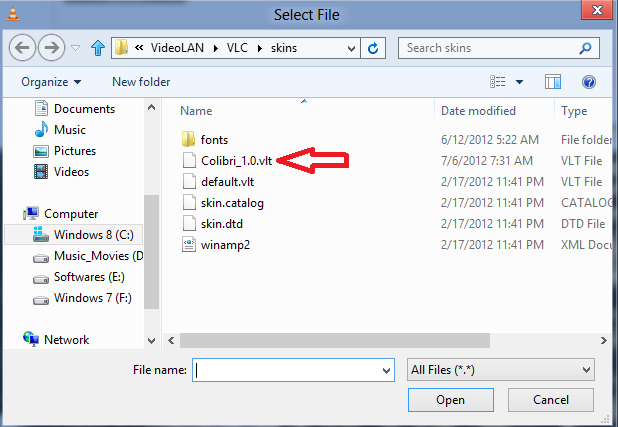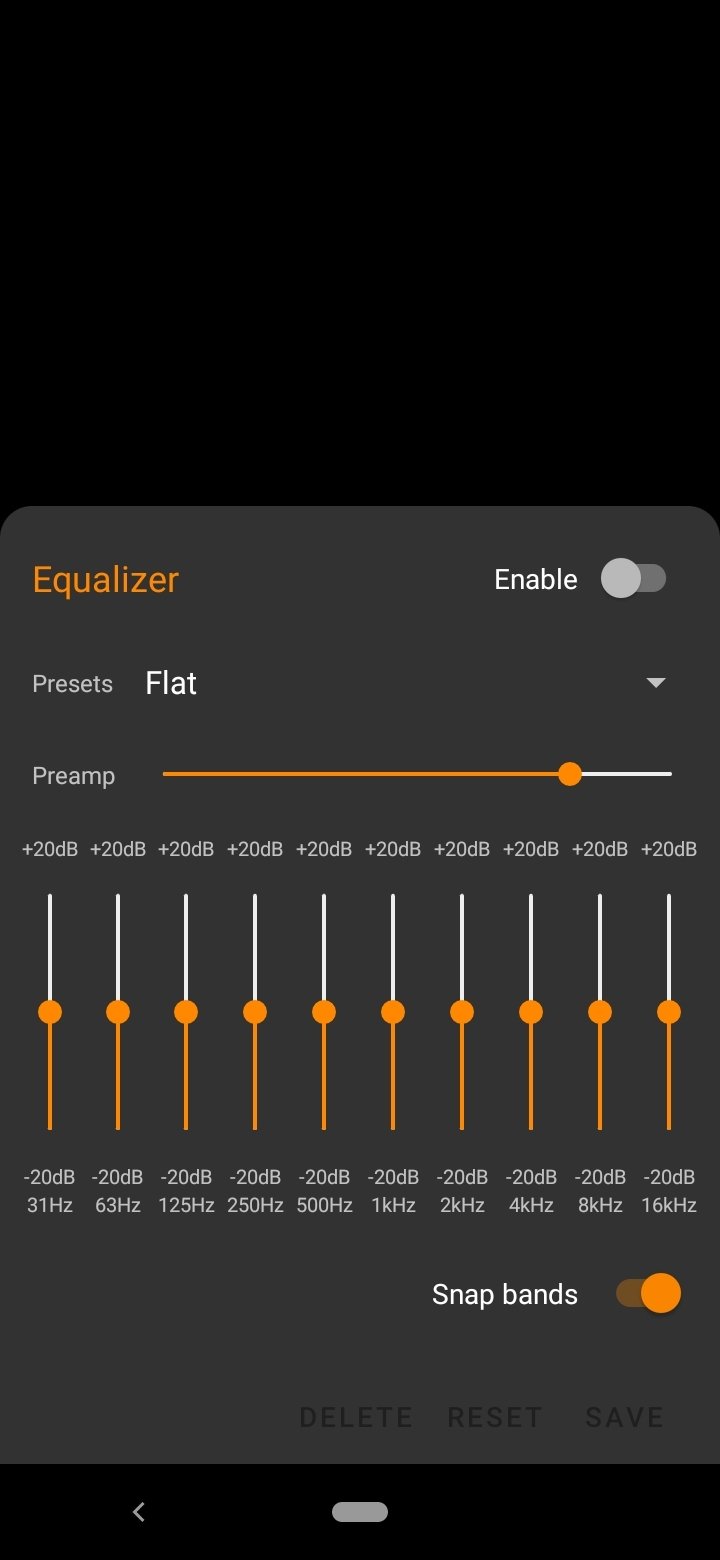

Also, keep an eye out for skin bugs/glitches as noted earlier. What do you think? Aside from how it looks, give the skin a test drive feature-wise, as some of the buttons and functions may have shifted around or changed to your disliking, and while some of them can be removed or adjusted using the standard VLC options (see further below), some are hard-coded that way in the skin.

Note, a quicker way of changing skins is to right-click on VLC then select Interface>Select Skin> skin filename.vlt. Click the Save button at the bottom of the Preferences, then close VLC (ALT+F4 or click the 'X' at the top right), and upon relaunching VLC, the new skin should be in effect. Launch VLC, or if it's already open, go to the Tools menu and select Preferences (or press CTRL+P), click the Interface icon at the top, under 'Look and feel' select the 'Use custom skin' option, click Choose and browse to and select the file you imported in step 3.ĥ. vlt VLC skin file, and move it to your \Program Files\VideoLAN\VLC\skins directory.Ĥ.

Read any notes or comments carefully for more details.ģ.

Most VLC skins are totally free, but keep in mind that because VLC has been around for years, some of the skins are actually quite old, and may not function correctly on the latest version of VLC. Select a skin you like the looks of and click 'download'. Look through a gallery of VLC skins, such as the Official VLC Skins Gallery, or the DeviantArt VLC Skins Gallery.Ģ. Skins are files that alter the overall appearance of VLC, from mild to wild. I'm going to hazard a guess that one of the main reasons why a lot of people give VLC a miss is because the first impression it makes is dominated by its Windows 98-ish native interface. There's also a VLC Portable Version you can download and install onto a USB flash drive for example if you want to run VLC on a system where you can't, or don't want to, install it locally. It's best not to associate VLC with any audio/video formats until you know for sure that you want to use VLC for any/all of them. During installation, I recommend selecting only the 'Desktop shortcut' and 'Discs Playback' options. VLC doesn't incorporate any hidden unwanted/irrelevant/advertising software in its installer, and won't leave a mess on your system should you wish to uninstall it, so install with confidence. Clicking the big orange download button should give you the right installer for your system, but you can also click on the arrow to the right of the button and manually select a package. I've been running VLC as my video player for several years, and having built a new PC in January 2019 (as documented in my Hardware Confusion 2019 article), I recently decided to let VLC handle all audio and video playback chores on my system.įirst thing's first though, download and install the latest version of VLC from the VideoLAN Website. VLC is available for virtually every platorm, but this guide is specifically aimed at using the VLC player on PC hardware.


 0 kommentar(er)
0 kommentar(er)
